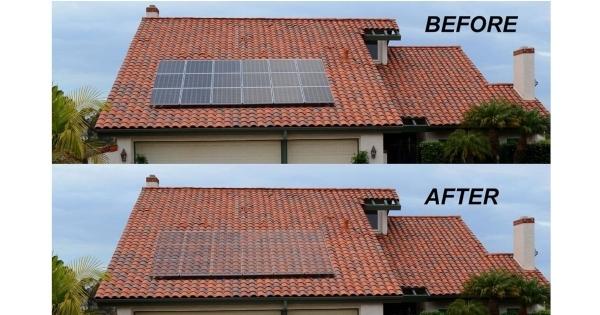How Drones Are Impacting the Roofing Industry Today

Drones were invented specifically for military missions. Now, any person, military or not, can fly these unmanned aerial vehicles, or UAVs. Because of the recent interest in drones, businesses are becoming more aware of the practical benefits drones can provide for their industry.
The roofing industry is no exception to this.
Below are 5 ways drones are impacting the roofing industry:
1. Provide Accurate Estimates for Customers One challenge for roofers is providing an accurate estimate for their clients. There might be areas on the roof that are unaccessible. Other roofs have extreme heights, creating more risk for the roofer to climb up the ladder and inspect the damage.
With a drone, these problems can go away quickly. Drones can provide accurate visuals with a high-resolution camera to tape and take pictures of the roof, especially in the hard-to-reach areas. Roofers can estimate more accurately because of the drone’s ability to gather general and specific information on that particular roof’s damage.
2. Less Liability Every time a roofer is on the roof, he or she is taking a risk. They could fall off and break their leg. A broken leg should be the least of everyone’s worries, but this and other injuries — and lawsuits — that follow will create problems for both the client and the roofer.
Drones can prevent these injuries from happening to roofers. Drones record the roof from a bird’s eye view, keeping everyone on the ground during the initial quoting process. Not only will this prevent broken legs, drones will also be faster than setting up a ladder and climbing on the roof.
3. Great Return on Investment Most drones are inexpensive for businesses, coming in at $1,000 or less. Drones also take less time to gather data from multiple buildings. One company in Nebraska was able to record videos for 11 apartment buildings in one hour, all from their drone; before the company bought the drone, it would have taken six hours to assess those same apartment buildings.
Even though companies save time on the quoting process, there is still a learning curve for any person willing to fly their brand new UAV. Alex Evans, a drone pilot for his own roofing company, estimates that after 35 hours of practice, he felt comfortable enough to fly it around for clients. Even if roofers don’t have enough time to practice, there are some drones who can fly on autopilot, using software and other technology to fly without a pilot.
4. Unclear Guidelines Even though drones are great for businesses in general, the government has been behind on passing regulations concerning drones and other UAV’s. As of now, there are 17 states that regulate drone flights, and there are other states considering the same legislation. The Federal Aviation Administration (FAA) cannot track and monitor these devices, and they also don’t have enough manpower to regulate the restrictions.
The FAA has provided a few exceptions for businesses. State Farm has been granted one of these exeptions, using drones to assess roof damage for insurance purposes. With clearer guidelines, expect drones to be used not just in the roofing industry, but in other industries as well.
5. Fun Factor More businesses are purchasing drones because they are fun to fly. No further explanation is needed.
Today’s technology makes it easier for roofers to provide accurate estimates to their clients. Drones create less liability for roofers, have a great return on investment, and are fun to fly. Once clearer regulations are passed, drones will be on the rise for businesses across the country.
About the Author:
Tim Sistrunk writes for Newman Roofing, a Columbus Roofing Contractor serving the roof repair and replacement needs of Central Ohio homeowners and real estate professionals since 1992.
Have a Question? AskARoofer HERE
Need a Contactor? Check out our list of Roofing Contractors HERE.









Comments
Leave a Reply
Have an account? Login to leave a comment!
Sign In